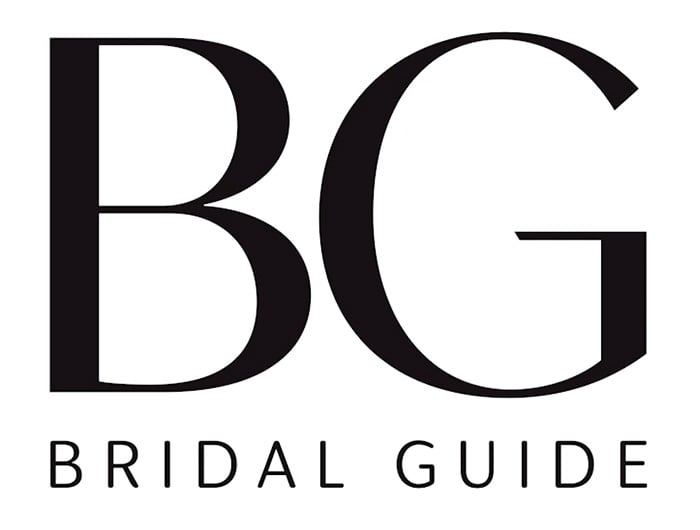Addressing wedding invitations can seem a bit confusing. Here, the basic rules.
Q: I’ve heard so many different rules about addressing wedding invitations that I can’t get it straight. It seems so confusing. Where do I begin?
A: You’re right—addressing wedding invitations can seem a bit confusing, but the rules are relatively simple for most of the people on your guest list. Spell out titles and degrees (“Doctor”), and always use “Mr. and Mrs.” for married couples. If a couple is unmarried but living together, or is married but uses different last names, put their names on separate lines in alphabetical order. (Unmarried couples who do not live together should receive two separate invitations.) And, if a guest is in the military, the title of an officer whose rank is equal to or higher than a captain in the army or a lieutenant in the navy is placed next to his or her name with the branch of service below. You should also include titles for retired high-ranking officers, inserting (Ret.) after their names. And the branch of service should always be listed below the names of reserve officers on active duty, noncommissioned officers and enlisted persons.
As for children, it is unnecessary to include their names on the outer envelope of a wedding invitation. Instead, list them on the inner envelope with their parents (“Mr. and Mrs. O’Brien and Peter”). The absence of a child’s name altogether implies that he or she is not invited. However, many guests may not realize this and assume their children are invited. If you don’t want kids to come, be sure to spread the word that you can only accommodate adults at your reception, and do not leave a space with “Number of guests” to be filled in.
Finally, inner envelopes should be addressed to “Mr. and Mrs. Markham” without first names or addresses. Close relatives can be addressed as “Aunt Sue” or “Grandmother Smith” on the inner envelope only. And if a single person is invited with an unspecified guest, add “and Guest” to the inner envelope to indicate that he or she may bring a date (however, it’s always preferable to send an individual invitation to someone’s guest if you know who the guest will be).



Comments
Nicki_H replied on Permalink
multiple people with different last names living at same address
kklein replied on Permalink
Great question! Each adult